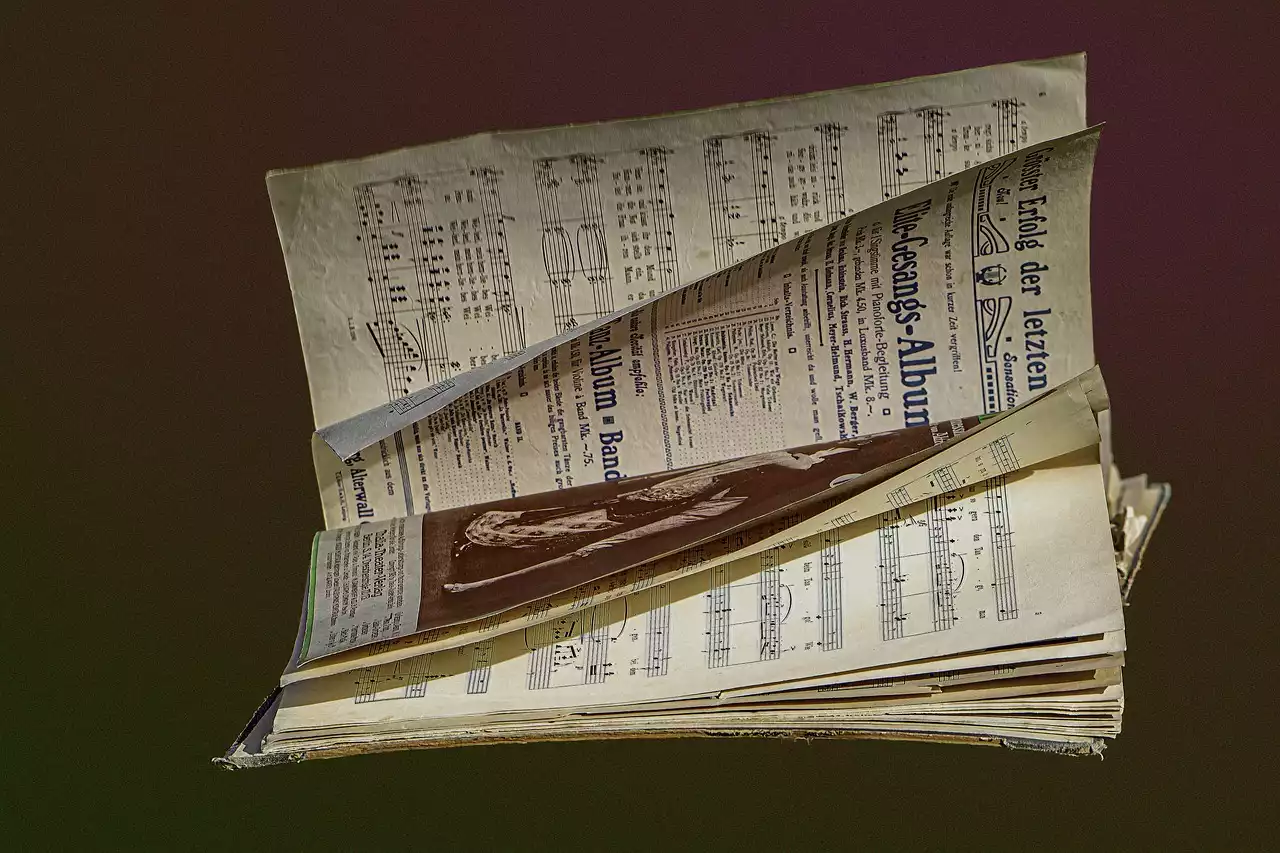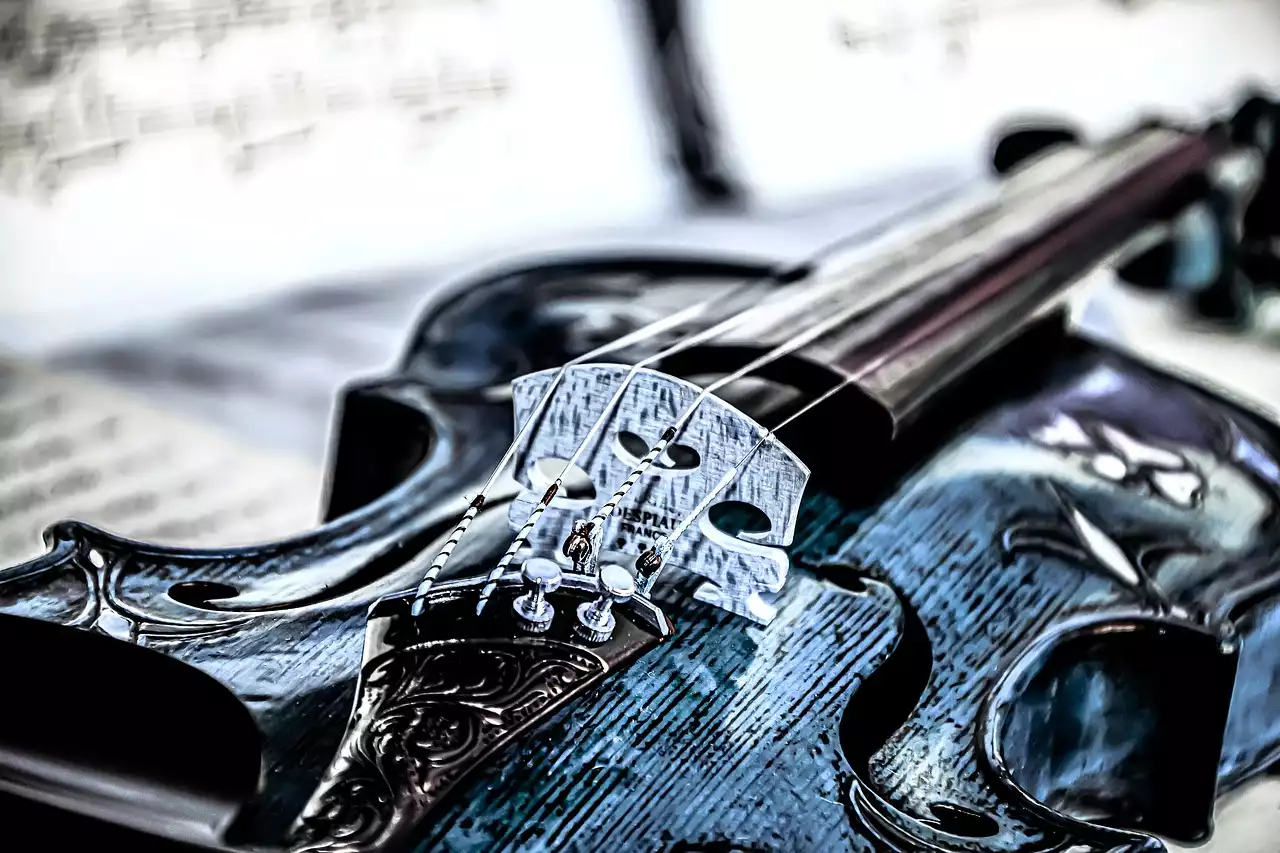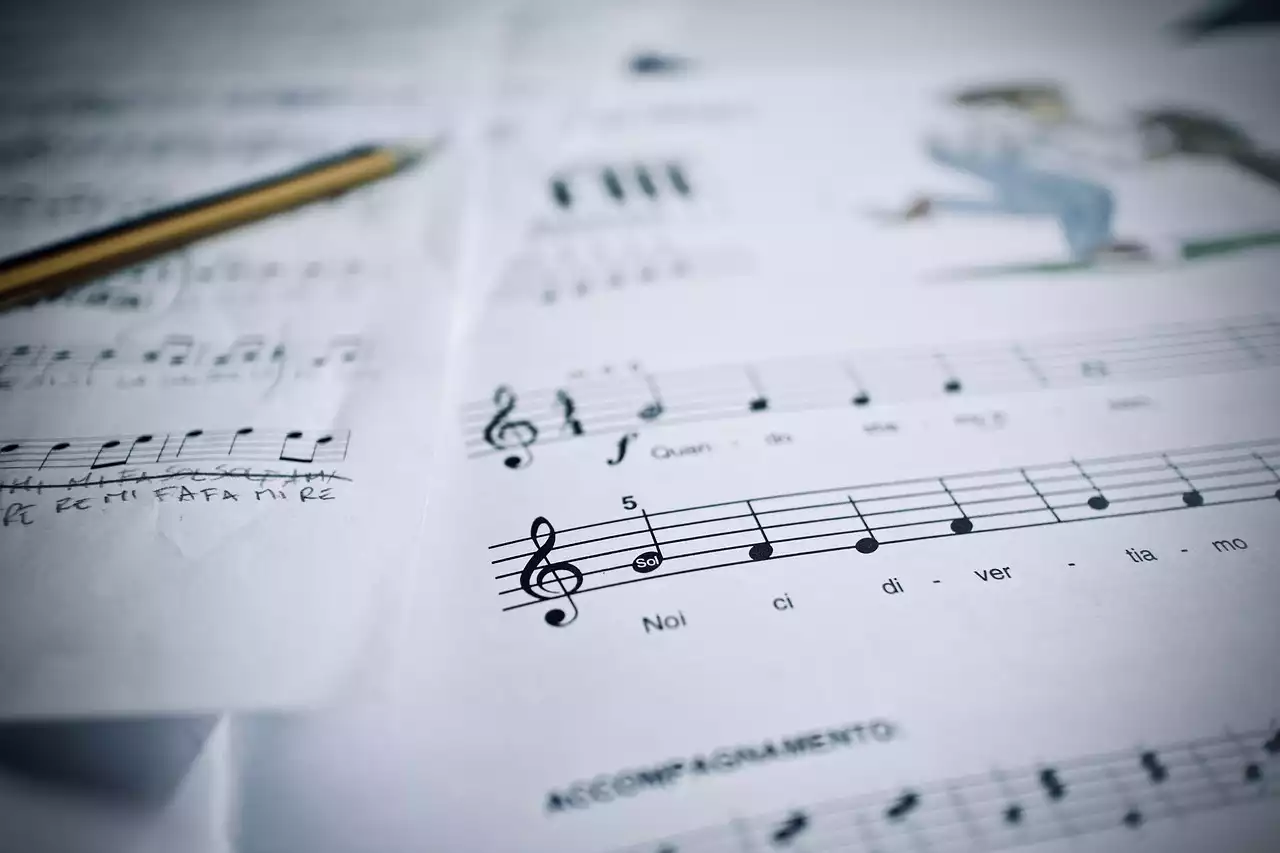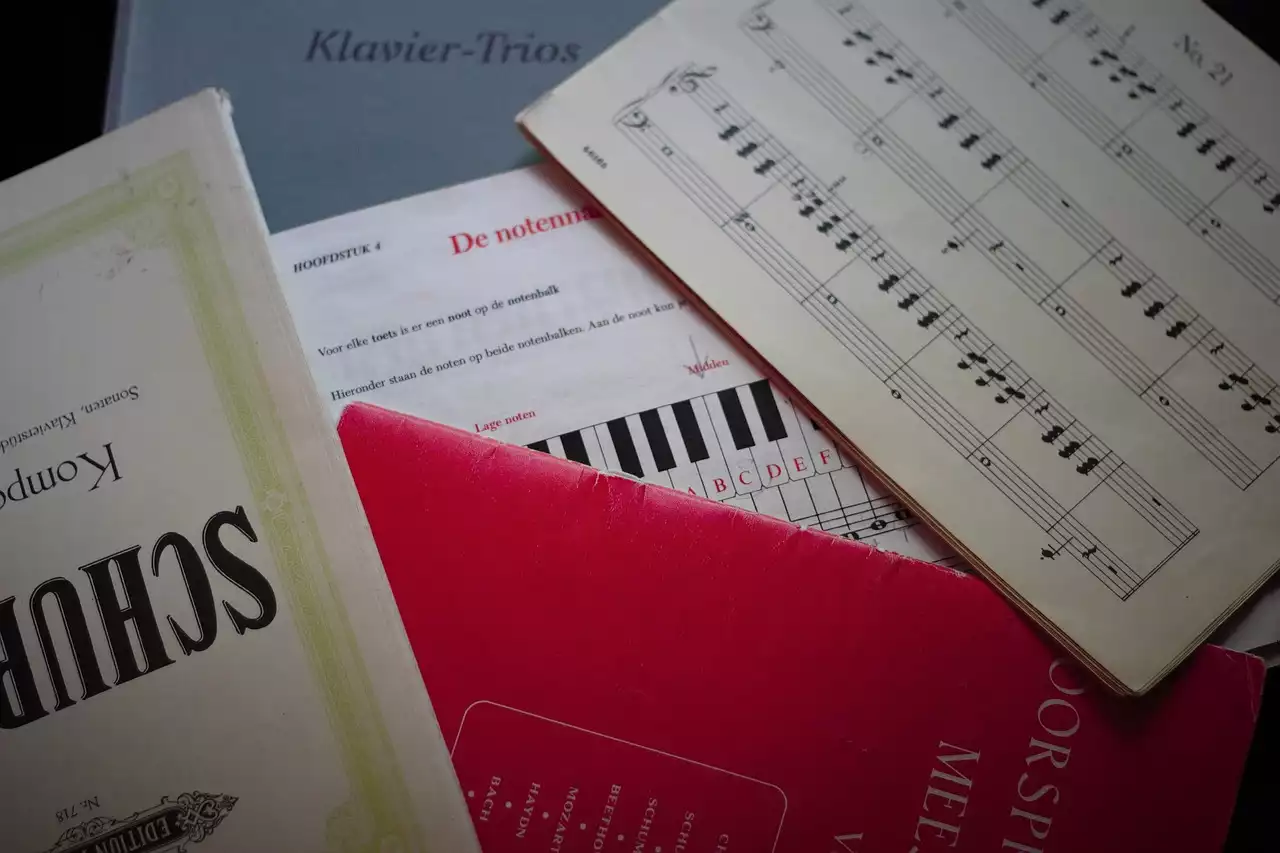What is Musical Composition?
Musical composition is the creation of music. It consists of arranging the notes and sounds of a musical piece to create a pleasing melody and a unified and impactful whole. The process of composing music begins with a creator who has an idea for a piece of music. From there, the creator will create an outline of the music that they want to create. In this outline, they will outline the main components of the music – the melody, the harmony, and the rhythm. They will then write these components down, creating a melody or a chord, and recording them on a medium such as sheet music. Once the main components of the music are complete, there is the process of “composing” the piece. In this stage of composing, the music is “played” through the mind of the creator, creating the music in their head. At times, the composer will write notes down to create a clearer image of the music in their head. Once the composer is finished with this process, they will have a musical piece that they can share with others.
The Three Elements of Musical Composition
Melody - The melody of a musical piece is the main component of the music that draws the listener in. It is what the listener will remember most from the music. Different melodies have different effects on listeners, depending on the person. A melody can range from simple to complex, from slow to fast, and from melodic to discordant, all depending on the composer.
-Harmony - Harmony is the combination of multiple melodies to create a unified whole. It is the combination of the melody and the chords that create a piece of music. Chords are musical patterns made up of multiple sounds that work together to create the melody and form the harmonic structure of the song.
-Rhythm - The rhythm of a piece of music is the pattern of beats that drive the music. It is what keeps the listener’s attention and completes the musical piece.
Melody
The melody of a piece of music is the core component of the music that is remembered and most often repeated by the listeners. It is the part of the music that will remain in the listener’s head the longest. This is because of the way that the brain processes and remembers sound. The pattern of vibrations that the brain receives from the melody are the most memorable and are retained by the listener. Different melodies have different effects on listeners, depending on the person. A melody can range from simple to complex, from slow to fast, and from melodic to discordant, all depending on the composer.
Harmony
The second component of musical composition is the harmonic structure of a piece of music. Each musical component (melody, harmony, and rhythm) is combined together to create a harmonic structure, which is the combination of chords. Our brains are capable of perceiving over 25 distinct pitches and can distinguish between them when hearing them. However, when these pitches are combined together and made into a chord, our brains perceive only a single sound, which is why harmony is so important in music. In order for a piece of music to be considered “real music,” there has to be some form of harmonic structure in it. While it is not necessary to follow strict rules when it comes to composing a song, most compositions follow certain guidelines to create a harmonic structure. The most basic form of harmonic structure is a tonal center. The tonal center of a piece of music is where the chords that form the piece are centered. This is usually on either the I or the IV chord.
Rhythm
The final component of musical composition is rhythm. All of the other components work together to create a song’s rhythm. The rhythm of a song is what keeps the listener’s attention. It is what gives the song its drive and energy. Every musical piece has some type of rhythm in it, no matter what the genre of music. The rhythm of a piece can range from simple to complex, from slow to fast, and from monotonous to rhythmic, all depending on the composer. The elements of musical composition are a symphony orchestra, a piece of sheet music, and a musical score. These are the only elements that are necessary to compose a piece of music.
Examples of Musical Compositions
You may have heard the popular melody “Happy Birthday” before. It was written by songwriter Mildred J. Hill in 1894 and has since become one of the most well-known melodies in the world. It is a simple and sweet melody, that is easily recognizable and memorable. Another melody that has become very popular is “Landslide.” This song, which was written and performed by American rock band The Eagles, was released in 1977 and was awarded a gold and multi-platinum record. “Landslide” is a smooth and sophisticated piece of music that consists of three chords. The main melody along with the chord progression and rhythm are the only elements of the composition that are repeated.






.png?size=50)



